Session Data
- Date: 01/12/2023
- Time: 20:37 – 01:43 UT
- Seeing: I: Excellent
- Transparency: Extremely clear
- Temp: -0.1C,
- Air Pressure: 1013mb,
- Humidity: 78%,
- Dew Point: -3.3C,
- Wind Speed: 5mph
- Average FWHM: 3.15
- Average SQM: 19.31 magn/arcsec^2
Scope: Altair 250mm RC f/5.3 Camera: ZWO ASI 183MM Pro, No Filter. Dark subtracted and Flat fielded.
Session Notes:
The first clear night for ages. No wind, no clouds and at the start of the session, no Moon.
Still working through my ‘Hidden Treasures’ observing programme, but in addition, I wanted to try and observe some of the most distant galaxies listed in the ‘Distant Dozen’ article in the December issue of Sky & Telescope.
TR37, HT105
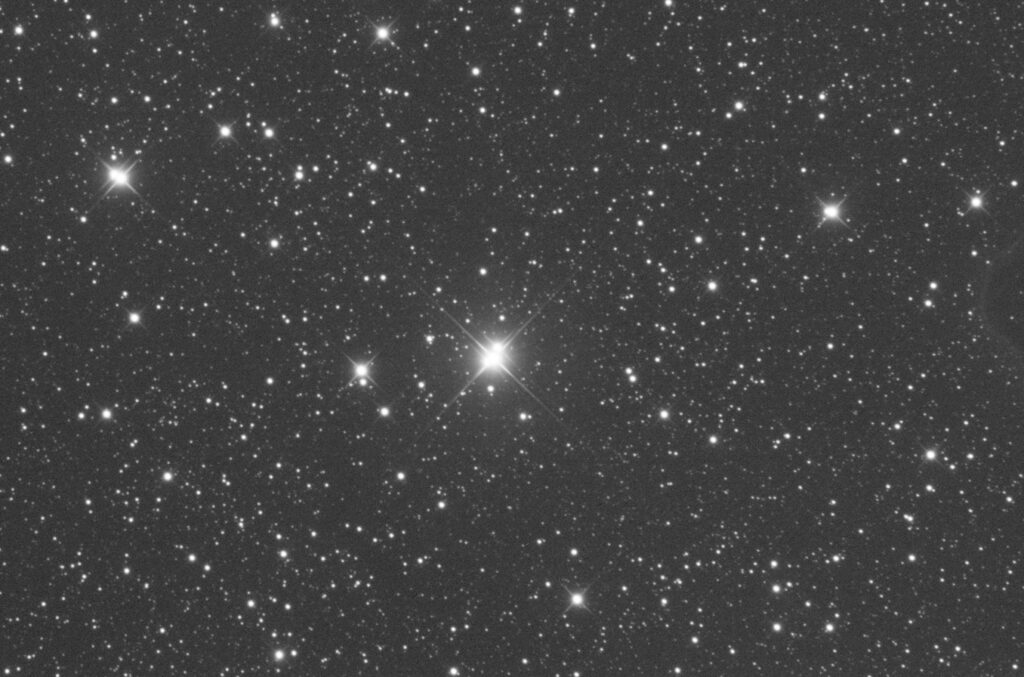
This is one for a scope with a much wider FOV as I’m not seeing the full extent of this cluster. There are three bright stars at the centre. One of which is HD206267 – a 5.6 mag Oe5 type hot star that is lighting up the head of the Elephant Trunk Nebula part of which can just be seen edging into the frame to the West.
Image integration Time; 130 secs
NGC1333, HT15

In the Northeast quadrant is a bright 10.8 mag star that is surrounded with nebulosity, which heads towards the Southwest. There are a number of dark dust lanes going off in different directions.
The main concentration of dust lane activity is towards the centre of the frame where you see a 15.5mag star. Here you see a large dark finger of dust jutting into the nebulosity.
As you go further to the Southwest you come across a line of 15-20 stars at the bottom of the frame. At the Western end of this line located at RA 3: 28 43.31 DEC +31° 17 33.3 is a pair of stars with a fan like feature of nebulosity.
NGC1333 would make a really nice deep sky image. One for the future.
Image integration Time; 1005 secs
IC1614
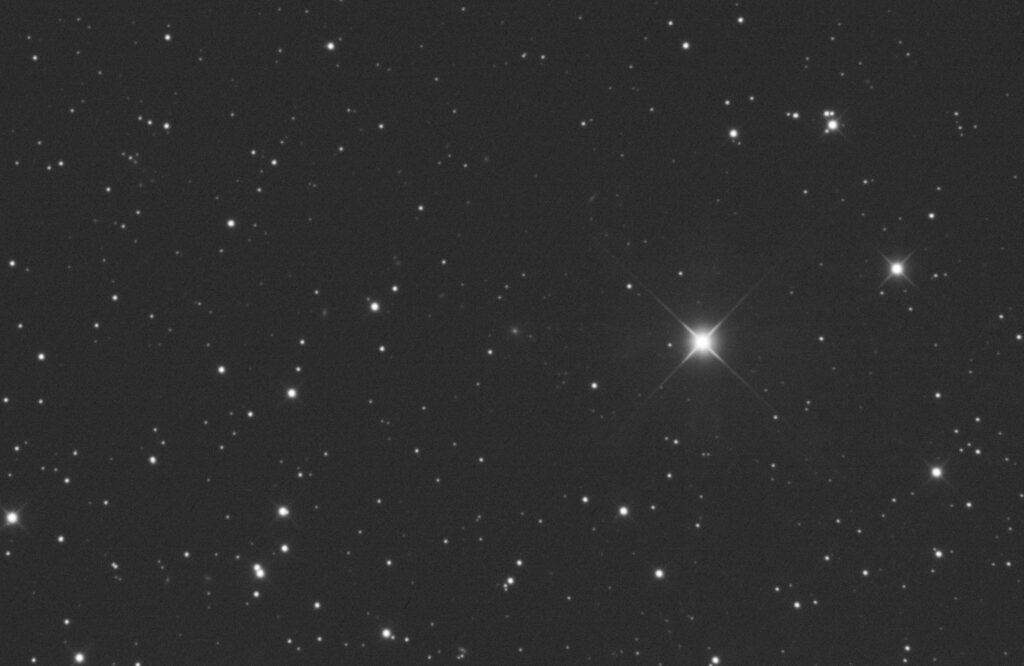
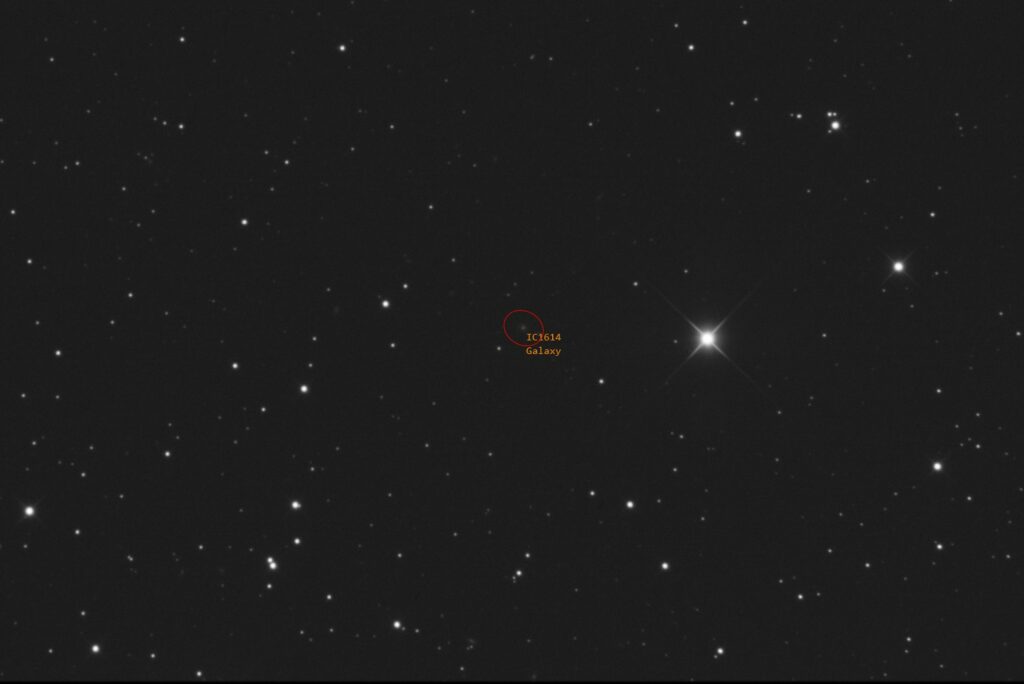
Well that was fairly easy. In less than 30 seconds, I can record and see a 1.1 Gyr galaxy. I was hoping this would have been a little more difficult. Having said that, this was a list of objects intended for the visual observer using large scopes. A 250mm aperture and a CMOS camera makes this challenge a rather easy one.
After 5 mins you can see this see a number of other galaxies in close proximity.
Image integration Time: 615 secs.
IC30
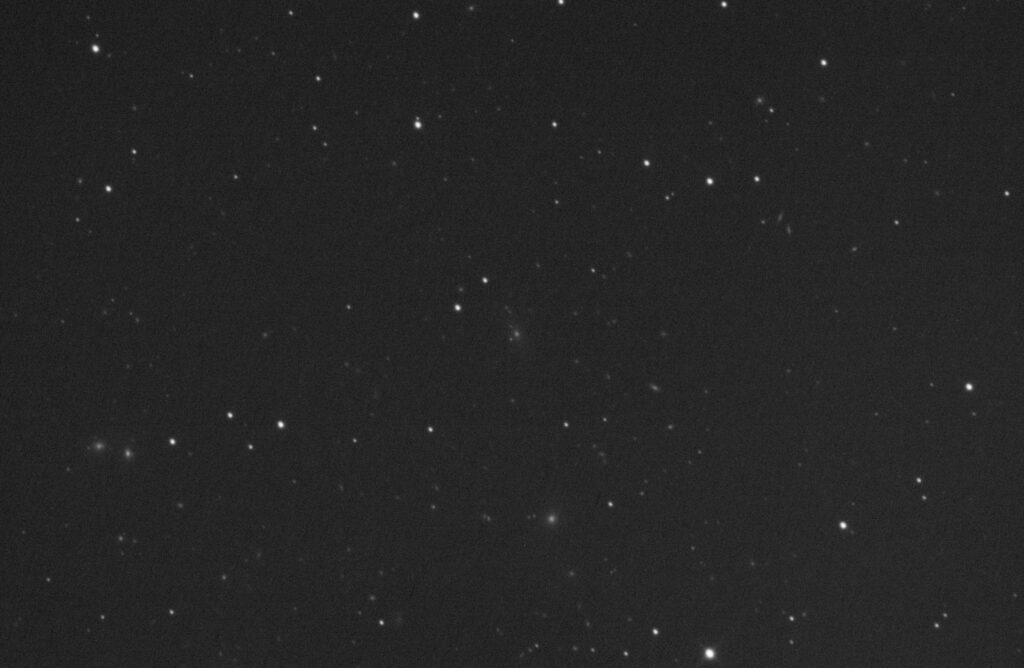
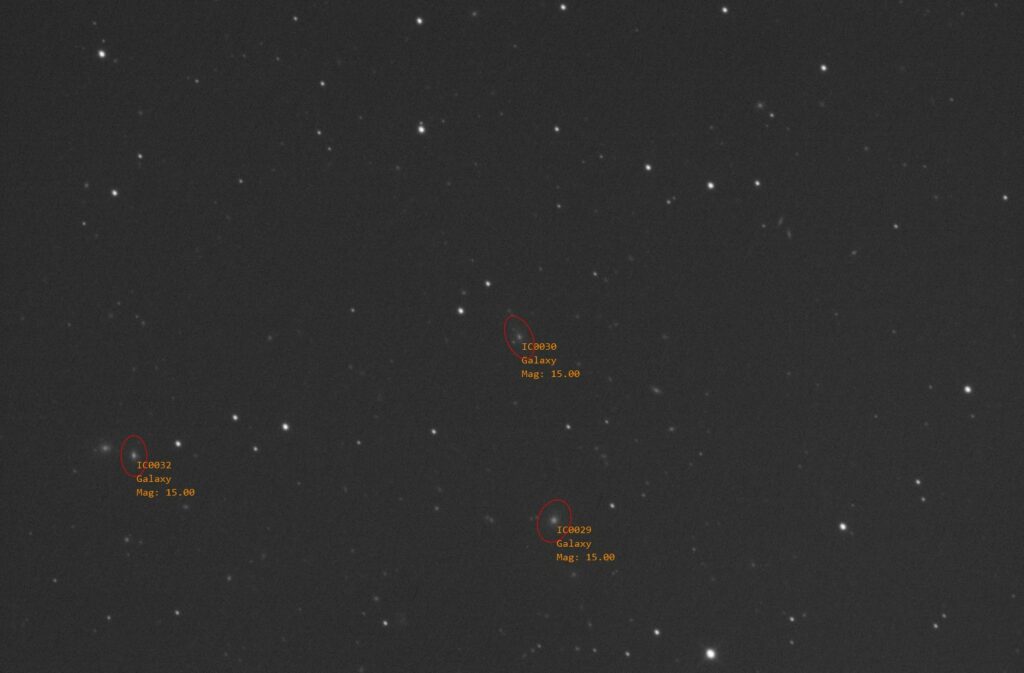
A fairly sparse starfield, although it is stuffed with PGC galaxies.
The target is easily seen after 5 mins of stacking. You can see a stellar core. Just to the East are a couple of stars running North/South. Again, seen fairly easily with technology.
Image integration Time: 315 secs.
IC289

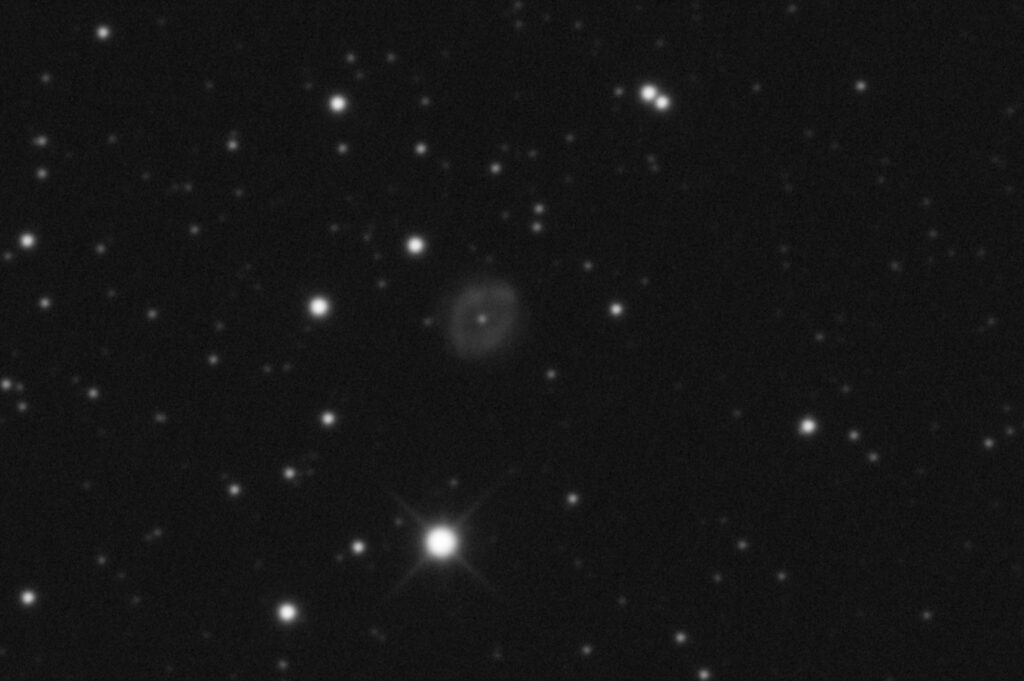
This was observed as part of the BAA’s Object of the month for November.
Located towards the tip of an inverted right angle triangle.
Sized at 42” x 32” running in a Northwest/Southeast direction. The core is stellar surrounded by a dark 21” oval which in turn is surrounded by a bright halo. The darker core has 3 spokes that cut into the outer halo.
Image integration Time: 585 secs.
NGC772, HT8
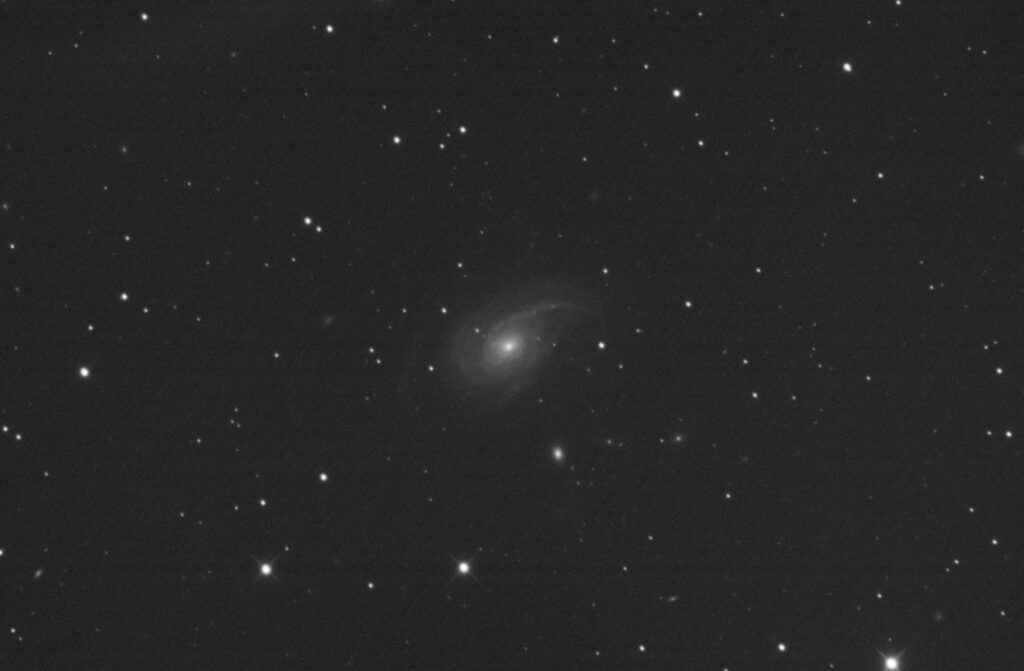
I did try observing this a while back, but incoming cloud put a stop to that.
Something a little out of the ordinary in terms of shape. Looks like the number nine or a comma.
After 7 mins I can see two arms spiralling out clockwise out towards the West. The brighter of the two has 5 large bright star forming regions running along its length.
3.3’ to the Southwest is NGC770 and this is believed to be the companion galaxy that is interacting with NGC772.
After 16 minutes you can see a peppering of smaller PCG galaxies forming a line starting at NGC770 and going to the West.
5’ to the West is the 17 mag galaxy PGC1577957
Image integration Time: 960 secs.
NGC2353, HT40
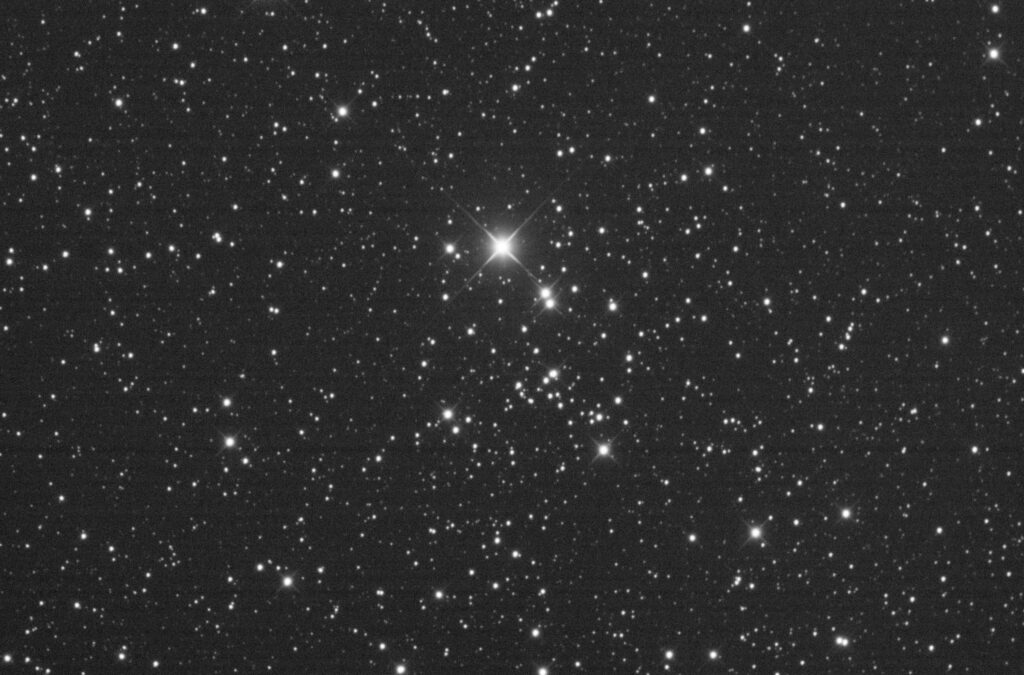
The 6 magnitude star HD55879 is the brightest in the frame. The cluster as I can best make out is to the North of this star where the main concentration isn’t larger than about 8’. It’s hard to see how this is 18’ in size, but I think I need a wider FOV to see how this cluster fits into its surroundings to make a better judgment.
Image integration Time: 225 secs.